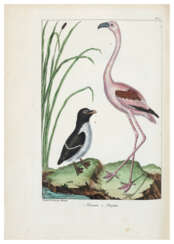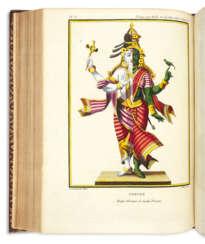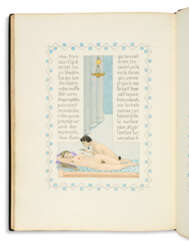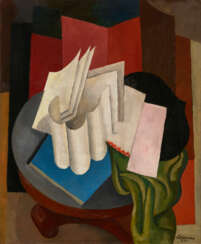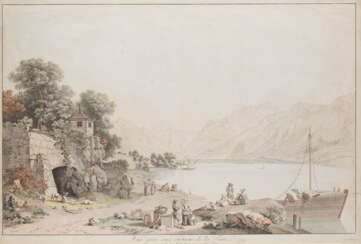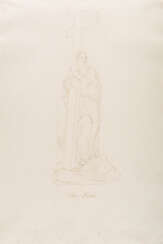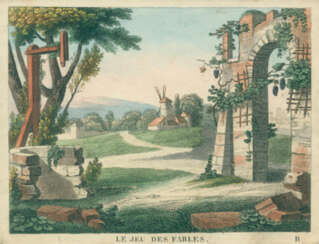coloré à la main
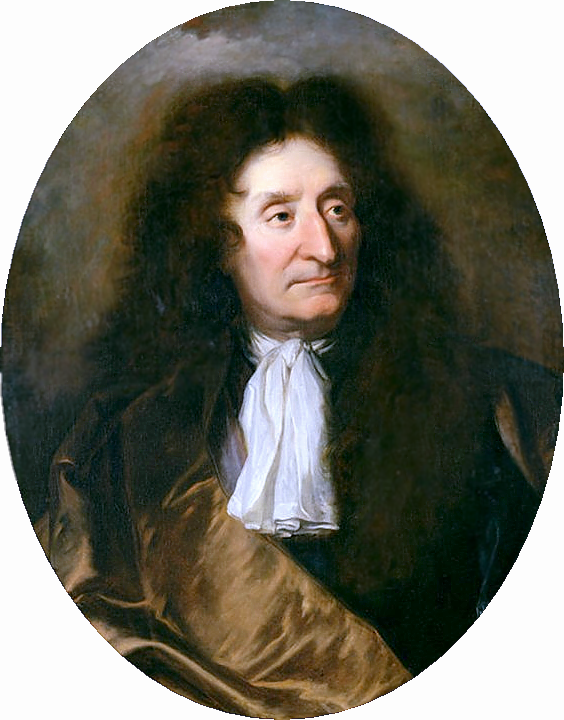



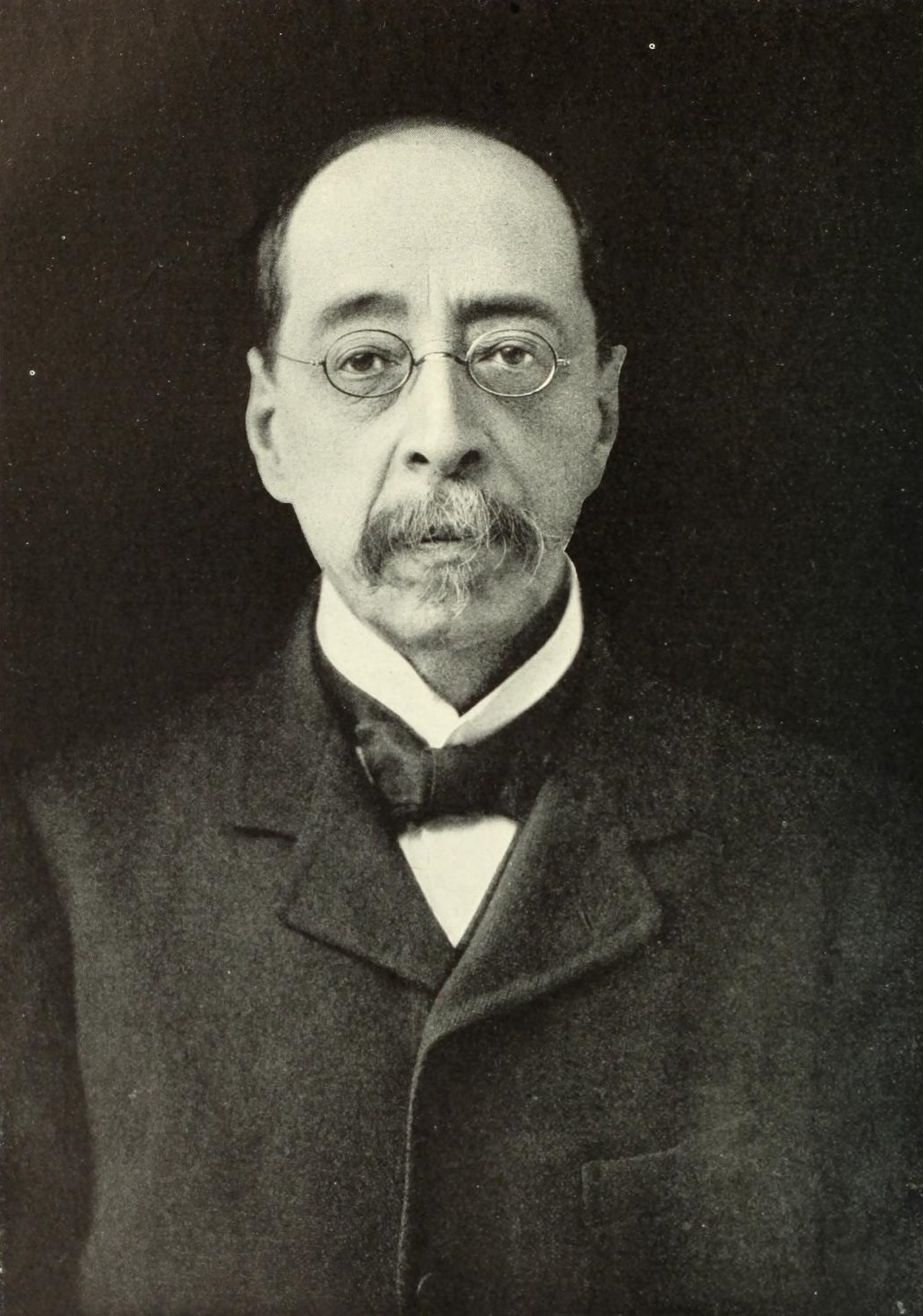
John La Farge was an American artist whose career spanned illustration, murals, interior design, painting, and popular books on his Asian travels and other art-related topics.
La Farge is best known for his production of stained glass, mainly for churches on the American east coast, beginning with a large commission for Henry Hobson Richardson's Trinity Church in Boston in 1878, and continuing for thirty years. La Farge designed stained glass as an artist, as a specialist in color, and as a technical innovator, holding a patent granted in 1880 for superimposing panes of glass. That patent would be key in his dispute with contemporary and rival Louis Comfort Tiffany.
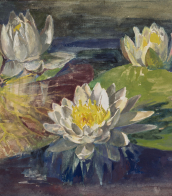
.jpeg)
Jean Dunand was a Swiss and French painter, sculptor, metal craftsman and interior designer during the Art Deco period. He was particularly known for his lacquered screens and other art objects.
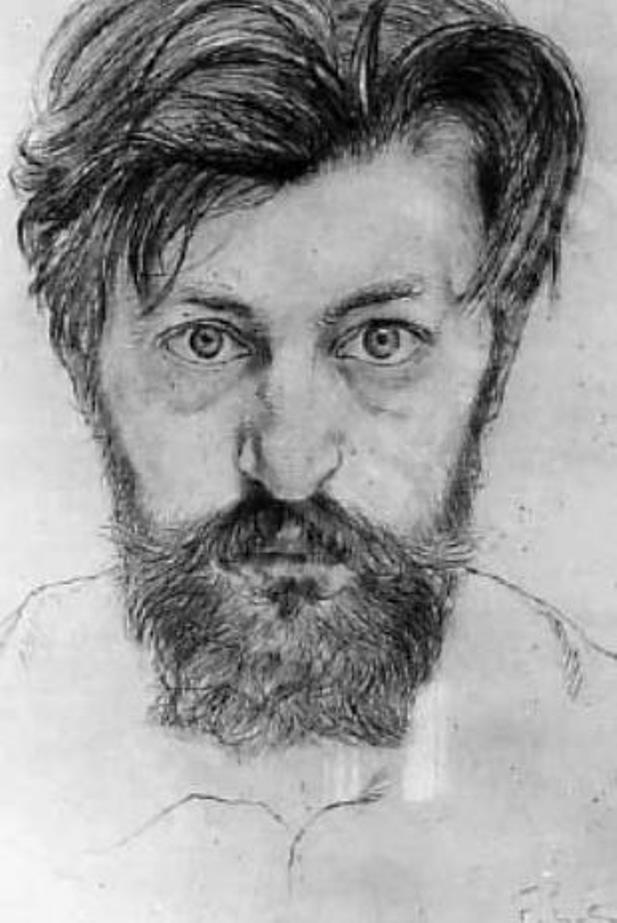
François-Louis Schmied was a French painter, illustrator, wood engraver, printmaker, editor and Art Deco binder.
François-Louis studied wood engraving at the École des Arts industriels in Geneva and painting at the École des Beaux-Arts de Genève. A Swiss, Schmied settled and naturalized in France in 1895. In 1910, he was commissioned to engrave and print Paul Jouve's illustrations for Rudyard Kipling's The Life of the Jungle, which was not published until 1919. For this book, now considered a masterpiece, the master produced about 90 color illustrations. Thanks to the success of this publication, Schmied was able to expand his activity and hire a group of craftsmen to execute his most famous and innovative works.
François-Louis Schmied is considered one of the greatest Art Deco artists and became particularly famous for his beautiful rare books for bibliophiles. Schmied's unique books were very expensive to produce, which required a lot of time and effort, and were always printed in very limited editions, from 20 to 200 copies. During the Great Depression, Schmied's expensive projects could not withstand the competition: the master was forced to sell off almost all his assets and close his workshop and store, and around 1932 he left for Morocco, where he died.
François-Louis Schmied's works are not only aesthetically pleasing, but also express his desire to combine art and literature. The talented artist conveyed with passion and precision the essence of the Art Deco style contemporary to him. Today, Schmied's works, reissued as fine art reproductions, not only convey the aesthetics and precision inherent in each of his originals, but also add a new dimension to them. His son, Theo Schmied, took over François-Louis Schmied's workshop in 1924, reviving its former glory and revitalizing it over time.

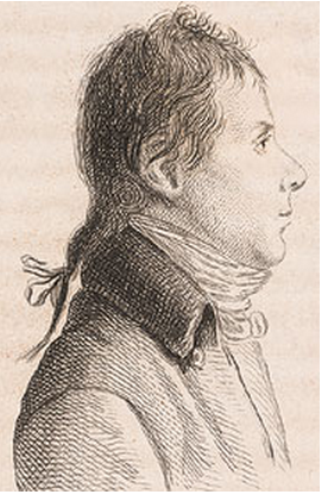
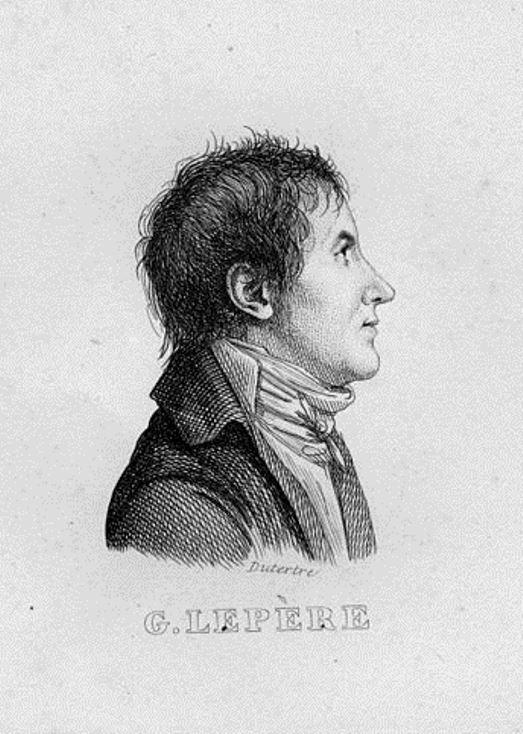


Henri de Toulouse-Lautrec was a distinguished French Post-Impressionist artist, renowned for his deep insights into Parisian nightlife and the world of entertainment in the 1890s. Born into an aristocratic family in Albi, France, Toulouse-Lautrec faced significant health challenges. He suffered from a rare condition, possibly pycnodysostosis, which stunted the growth of his legs following two fractures during his adolescence, leading to a notably short stature as an adult.
Despite his physical limitations, Toulouse-Lautrec immersed himself in art, becoming a key figure in the Post-Impressionist movement alongside artists like Paul Cézanne and Vincent van Gogh. He is particularly celebrated for his vibrant and expressive depictions of the bohemian lifestyle in late 19th-century Paris, often featuring scenes from brothels and nightlife venues. His unique style combined elements of Art Nouveau and lithography, as evidenced in famous works such as "Moulin Rouge: La Goulue" and "At the Moulin Rouge: The Dance".
Toulouse-Lautrec's work offers a window into the Parisian entertainment scene of his time, marked by a vivid use of color and a candid portrayal of his subjects. His ability to capture the essence of Parisian society, from dancers to prostitutes, in an era of great artistic and cultural dynamism, makes his work particularly valuable to art collectors and experts.
For those interested in the art and life of Henri de Toulouse-Lautrec, staying informed about sales and auction events is essential. Sign up for updates to receive the latest news on pieces by Toulouse-Lautrec available for purchase or auction. This subscription focuses exclusively on new product sales and auction events related to Toulouse-Lautrec, ensuring that enthusiasts and collectors don't miss out on any opportunity to acquire pieces from this iconic artist.
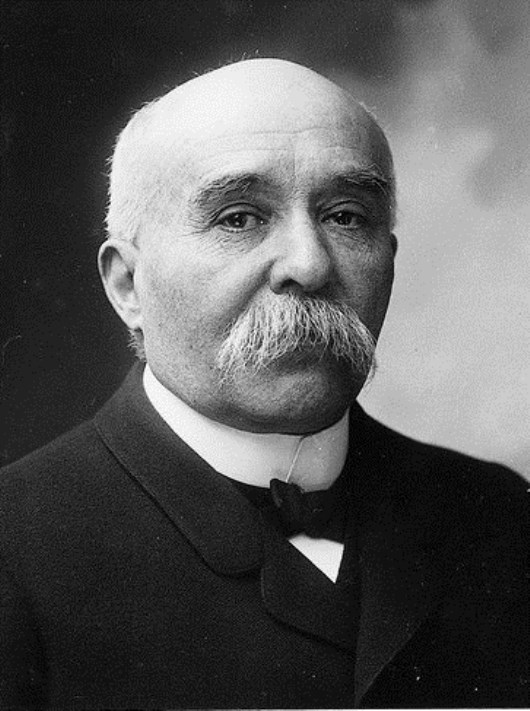

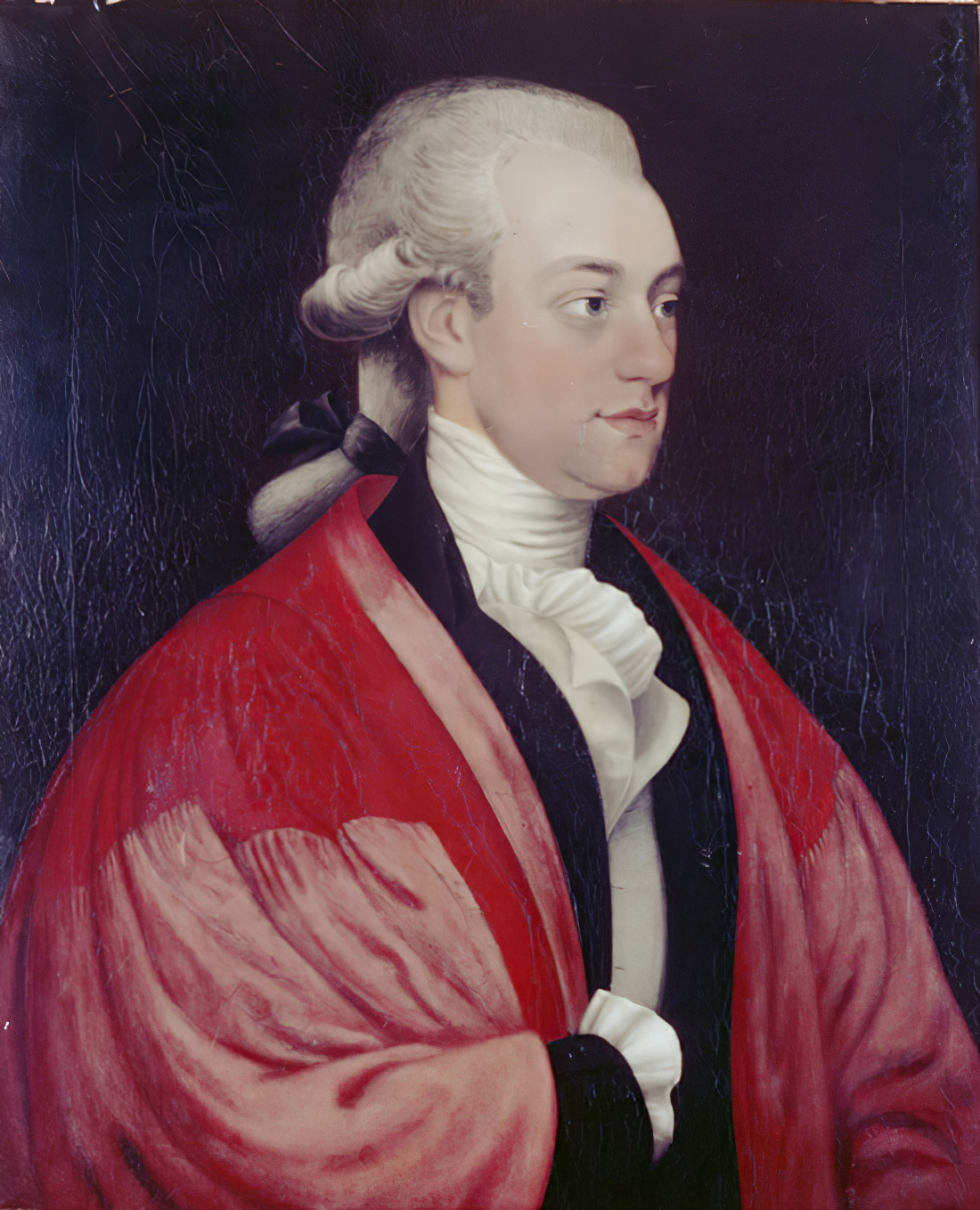
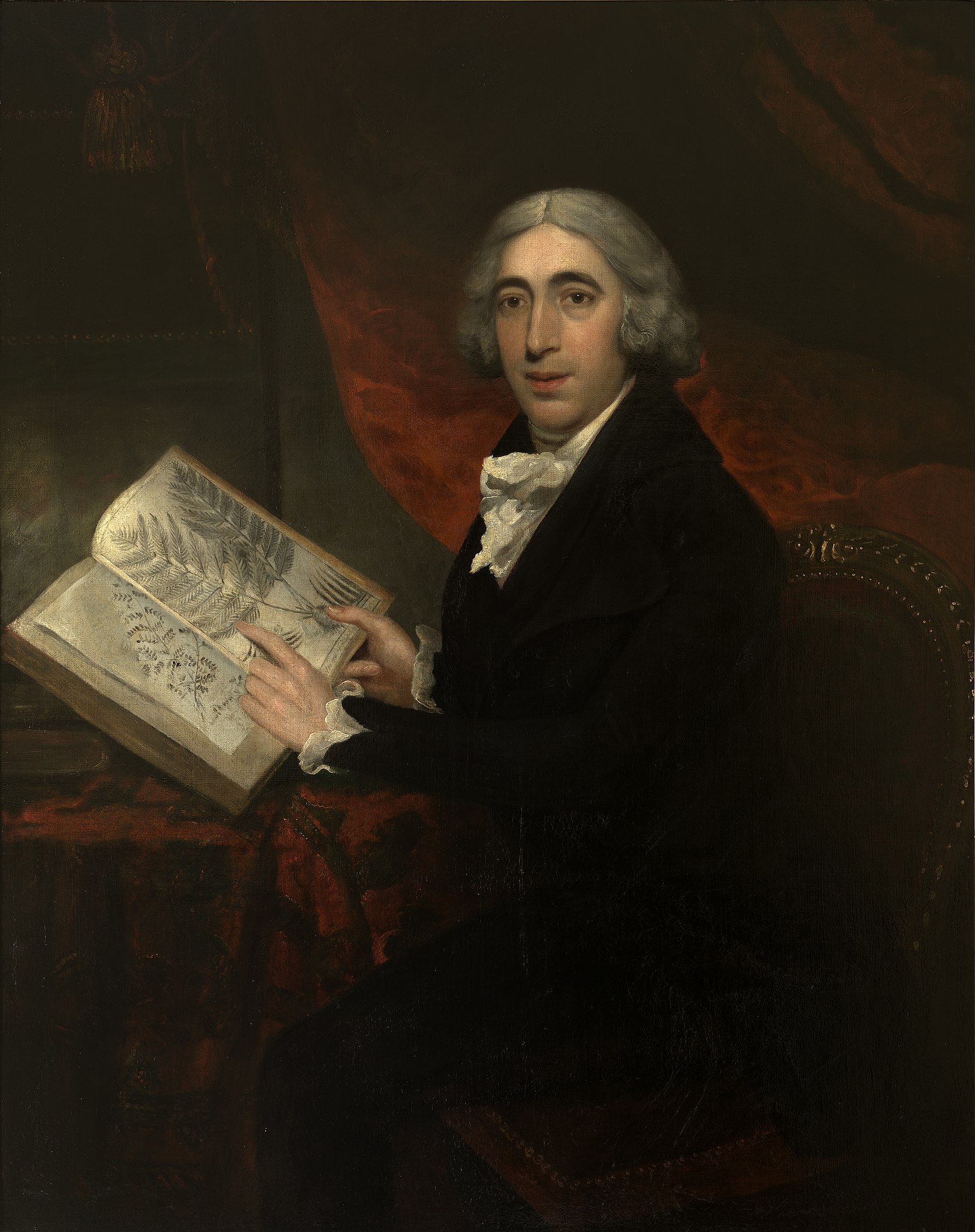
James Edward Smith was an English botanist and founder of the Linnean Society.
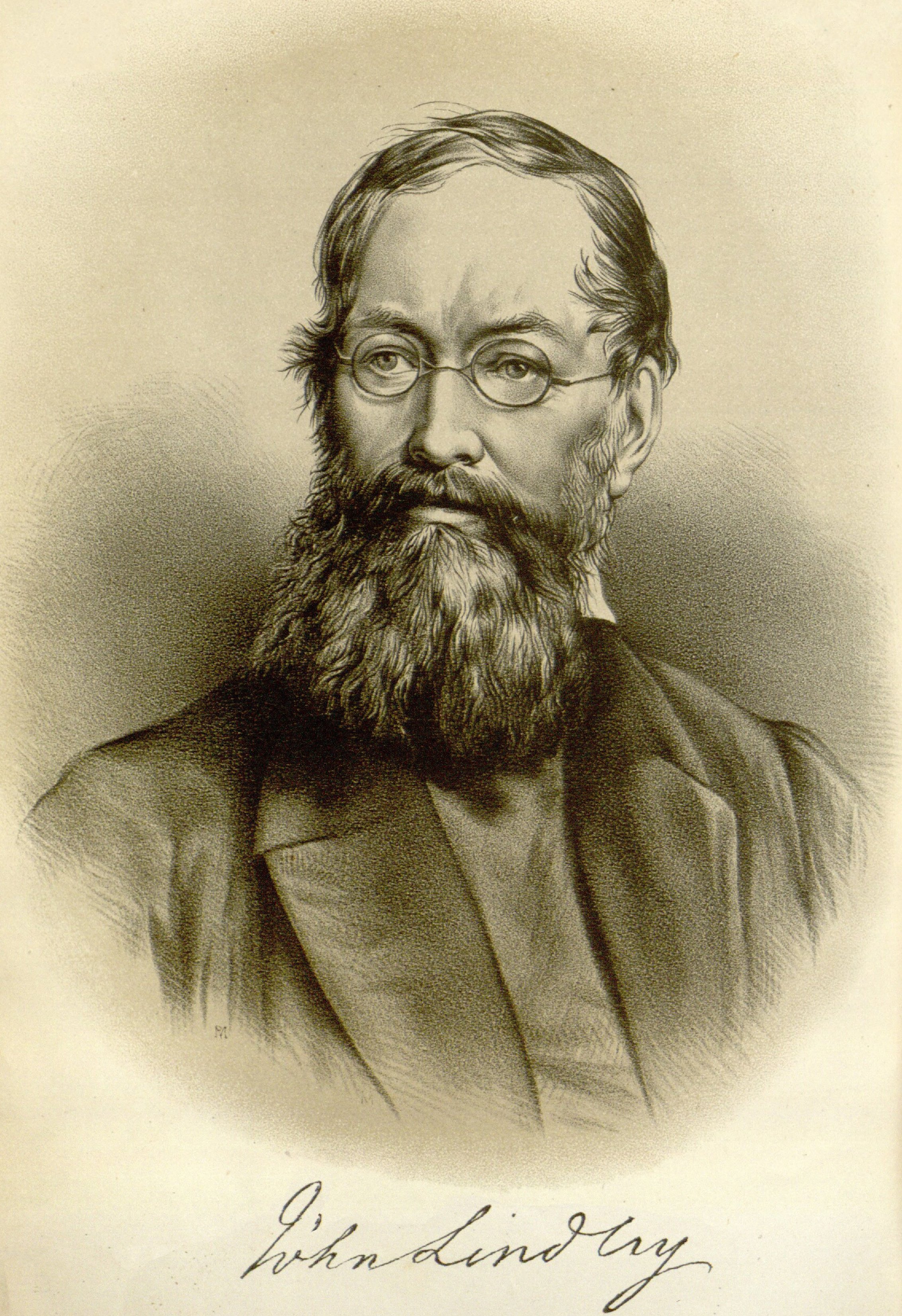

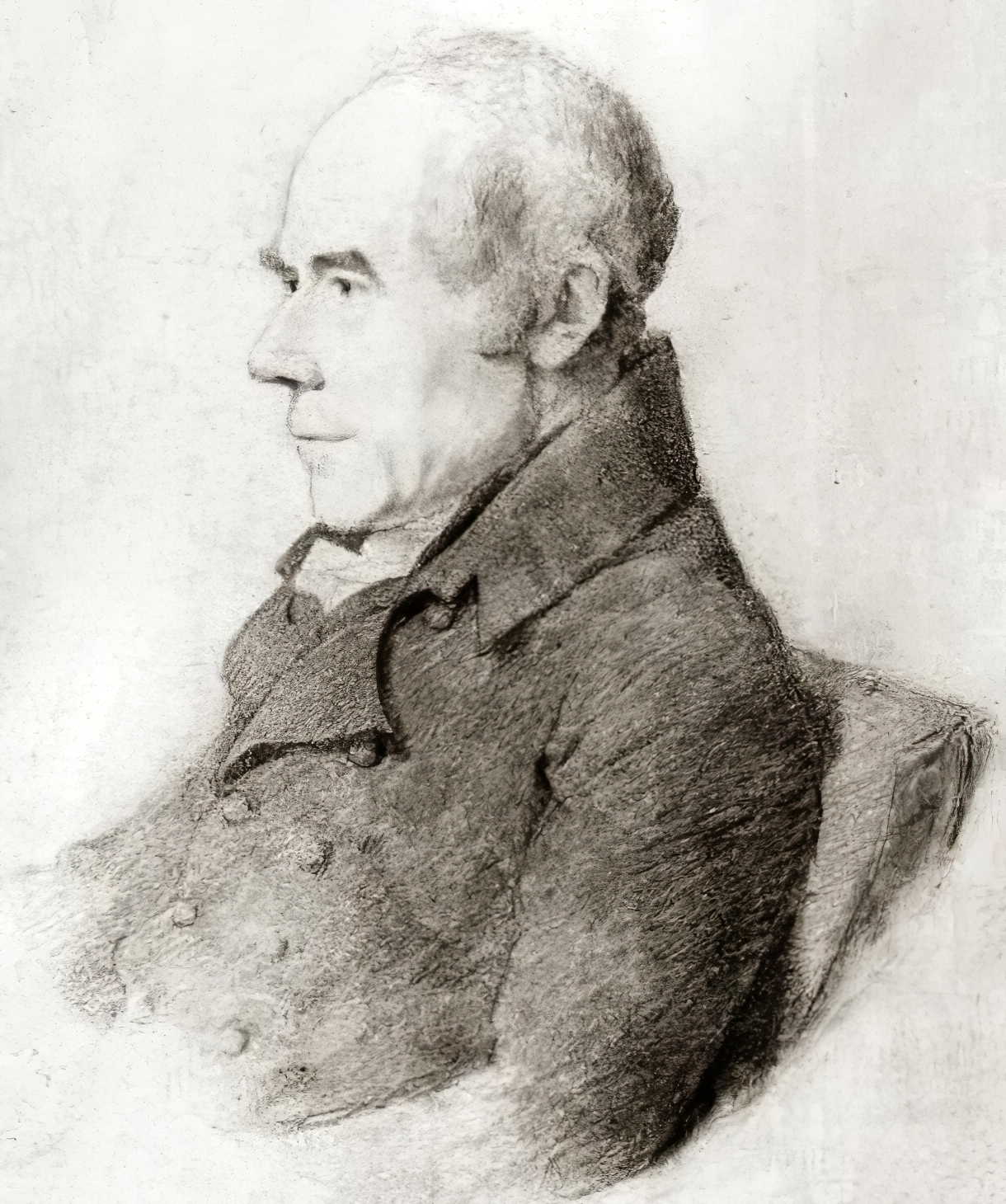
Thomas Daniell was an English landscape painter who also painted Orientalist themes. He spent seven years in India, accompanied by his nephew William, also an artist, and published several series of aquatints of the country.
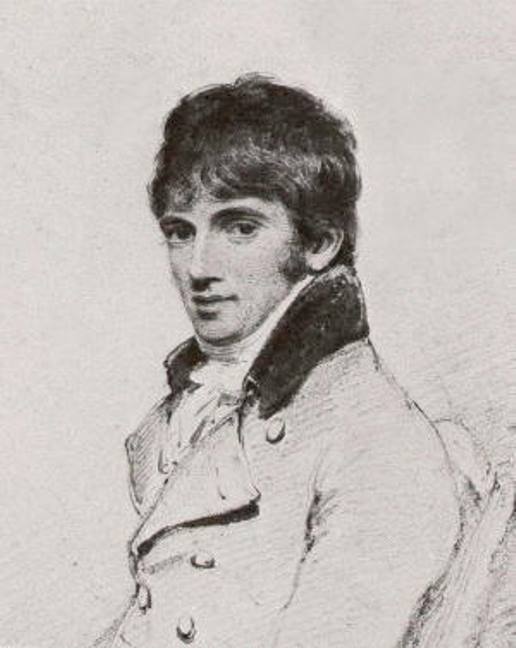
William Daniell was a British landscape painter, marinist and aquatint printmaker, and a Royal Academician.
In his youth he traveled extensively in India with his uncle, the landscape painter Thomas Daniell (1749-1840), with whom he later worked on one of the best illustrated works of the time, Oriental Landscapes. In addition to sketches, William Daniell's diaries contain detailed and insightful descriptions of his travels in North and South India, which formed the basis of their subsequent publications and helped to shape a coherent British view of India.
Daniell was also a prolific engraver and produced countless illustrations for historical and travel works and volumes on the natural world. One of his most famous works was Journey Round Britain (4 volumes, 1814-1825).
William Daniell's work was exhibited at the Royal Academy and the British Institution, and he became a Royal Academician in 1822.

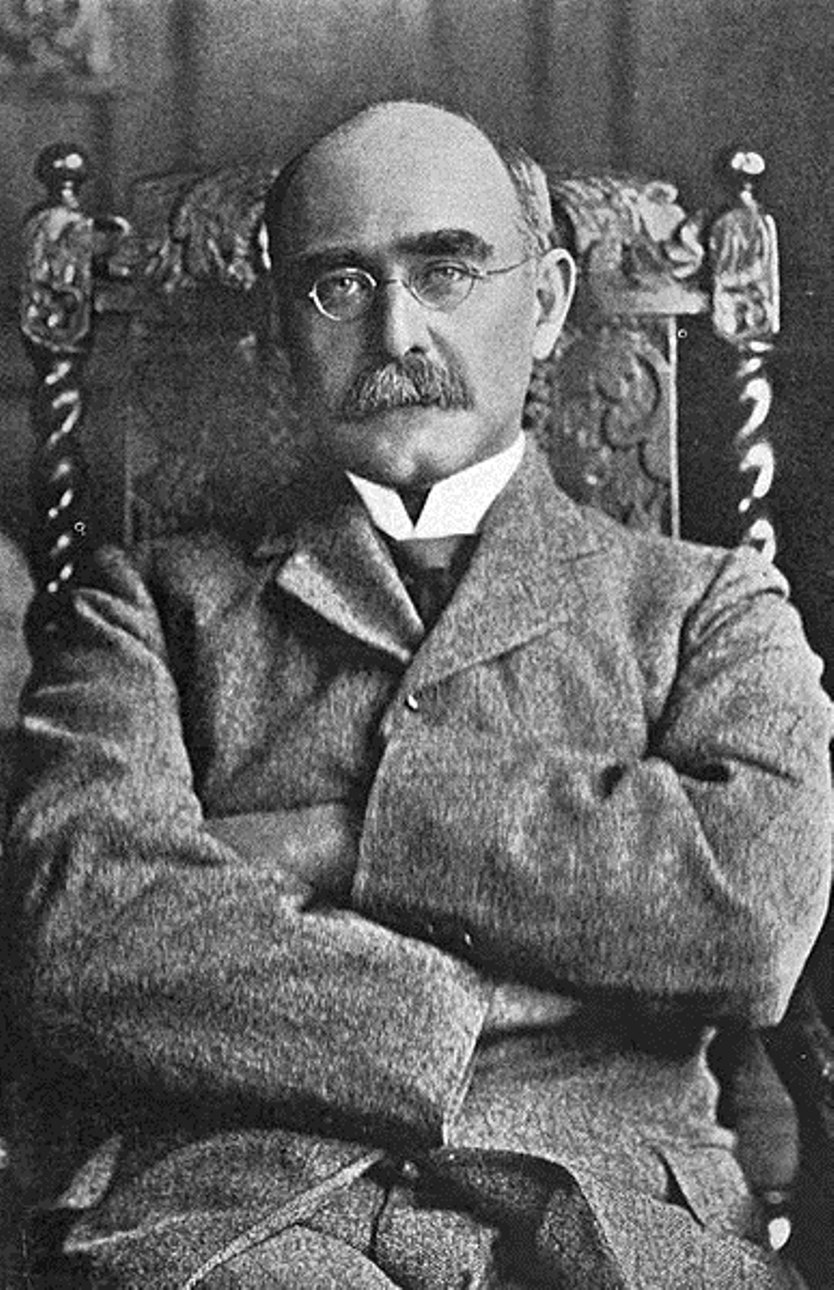

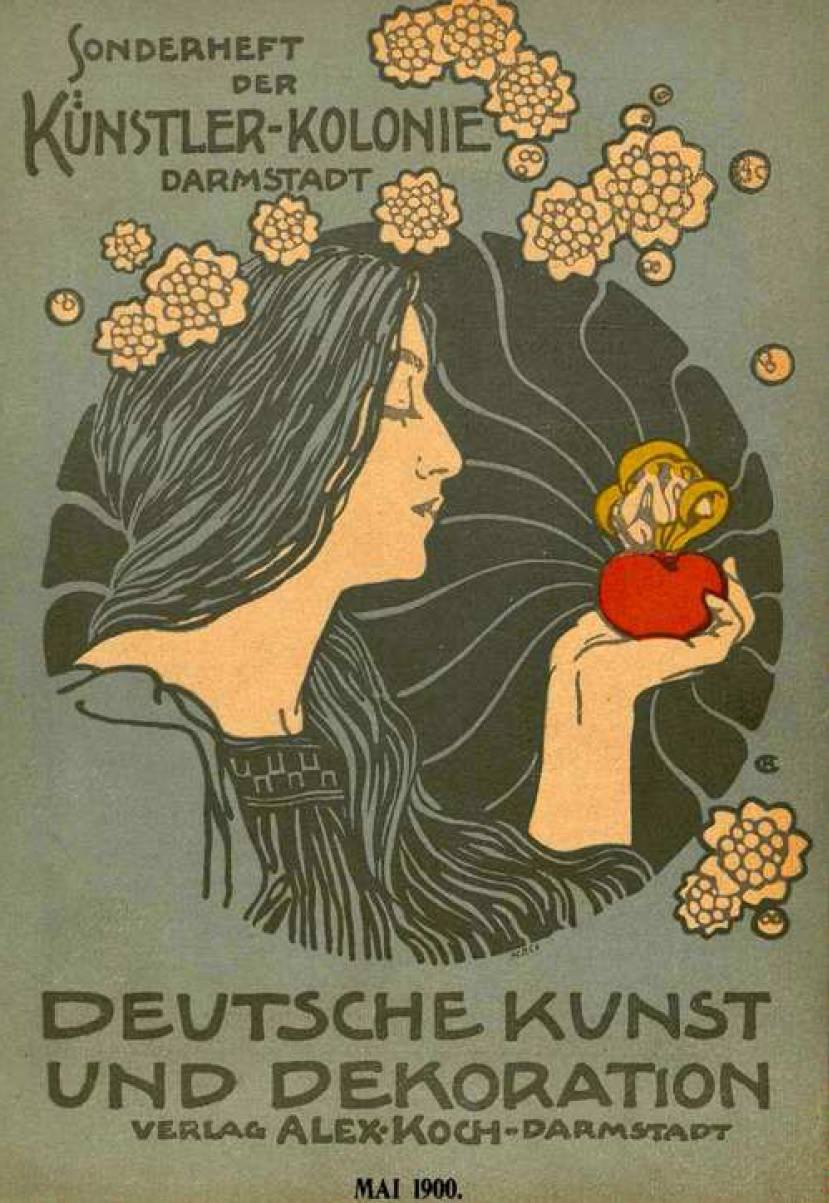
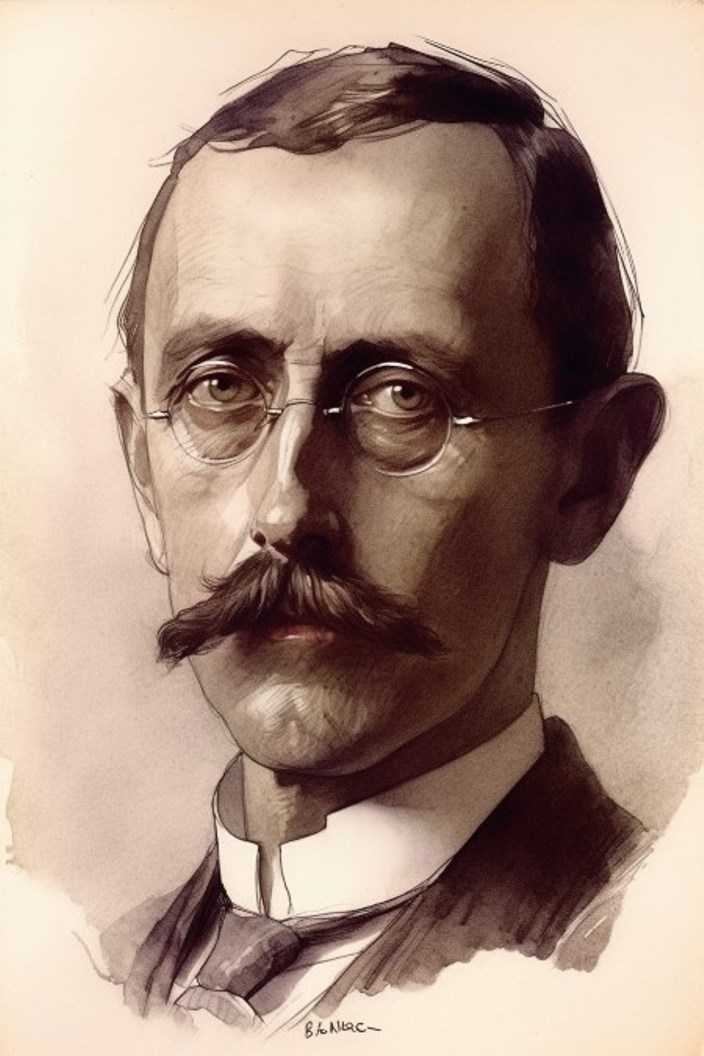

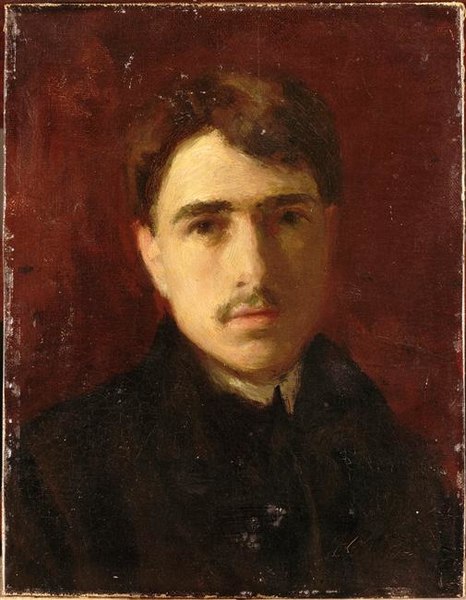
Roger de la Fresnaye was a French painter, a representative of Cubism in painting.
He studied at the Académie Julian in Paris and was fascinated by the art of Paul Cézanne. In his works Fresnaye synthesized lyrical color with geometric simplifications of Cubism.

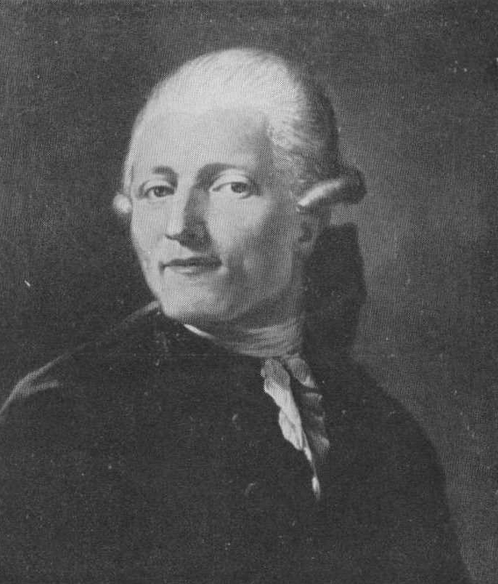
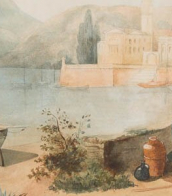

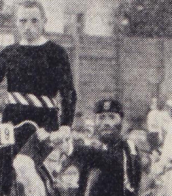
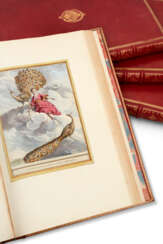

![[LA MAIN À PLUME]](/assets/image/picture_2426824/7020a/cb1733c75d159427dd498712da96fbf8jpg__fix_374_244.jpeg)
![[LA MAIN À PLUME]](https://veryimportantlot.com/assets/image/picture_2426824/7020a/cb1733c75d159427dd498712da96fbf8jpg__fix_374_244.jpeg)

![[NEPVEU, Auguste, éditeur (1775-1837)] et Jean-Baptiste Joseph BRETON, dit DE LA MARTINIÈRE (1777-1852)](/assets/image/picture_2501139/5c61f/fff3200bb7bb8f88ba81840986c4ed531667984400jpg__fix_374_244.jpeg)
![[NEPVEU, Auguste, éditeur (1775-1837)] et Jean-Baptiste Joseph BRETON, dit DE LA MARTINIÈRE (1777-1852)](https://veryimportantlot.com/assets/image/picture_2501139/5c61f/fff3200bb7bb8f88ba81840986c4ed531667984400jpg__fix_374_244.jpeg)

![[NEPVEU, Auguste, éditeur (1775-1837)] et Jean-Baptiste Joseph BRETON, dit DE LA MARTINIÈRE (1777-1852)](/assets/image/picture_2501145/999ea/8366893c42a86340325557a0bd91913b1667984400jpg__fix_374_244.jpeg)
![[NEPVEU, Auguste, éditeur (1775-1837)] et Jean-Baptiste Joseph BRETON, dit DE LA MARTINIÈRE (1777-1852)](https://veryimportantlot.com/assets/image/picture_2501145/999ea/8366893c42a86340325557a0bd91913b1667984400jpg__fix_374_244.jpeg)
![[NEPVEU, Auguste, éditeur (1775-1837)] et Jean-Baptiste Joseph BRETON, dit DE LA MARTINIÈRE (1777-1852)](/assets/image/picture_2501147/077c5/fddea5acb76cf4413f878495f4ea087e1667984400jpg__fix_374_244.jpeg)
![[NEPVEU, Auguste, éditeur (1775-1837)] et Jean-Baptiste Joseph BRETON, dit DE LA MARTINIÈRE (1777-1852)](https://veryimportantlot.com/assets/image/picture_2501147/077c5/fddea5acb76cf4413f878495f4ea087e1667984400jpg__fix_374_244.jpeg)
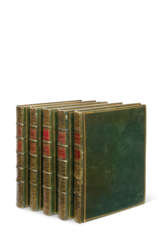

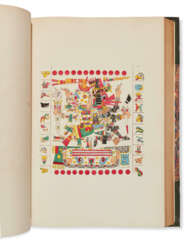

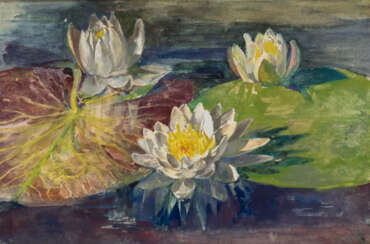



![EXPÉDITION D'ÉGYPTE [LE PÈRE, Jacques-Marie (1763-1841) et Gratien LE PÈRE (1769-1826)]](/assets/image/picture_4260212/a4ba1/sjjzgn9bhgtpyrvctoiua2rrkb9kfnhzrsxisikusj5ylgnuffmmrf39-g1nespn1729545597jpg__fix_374_244.jpeg)
![EXPÉDITION D'ÉGYPTE [LE PÈRE, Jacques-Marie (1763-1841) et Gratien LE PÈRE (1769-1826)]](https://veryimportantlot.com/assets/image/picture_4260212/a4ba1/sjjzgn9bhgtpyrvctoiua2rrkb9kfnhzrsxisikusj5ylgnuffmmrf39-g1nespn1729545597jpg__fix_374_244.jpeg)
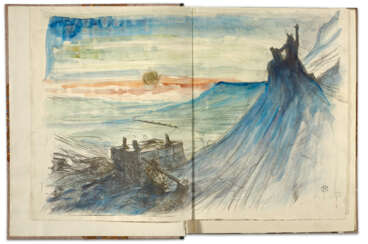

![[MODE ET COSTUMES]](/assets/image/picture_3566640/960e1/38cb23a18ff803e7c4c809a19d8302c21700607600jpg__fix_374_244.jpeg)
![[MODE ET COSTUMES]](https://veryimportantlot.com/assets/image/picture_3566640/960e1/38cb23a18ff803e7c4c809a19d8302c21700607600jpg__fix_374_244.jpeg)
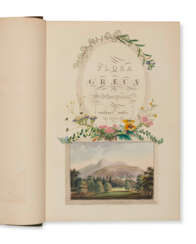

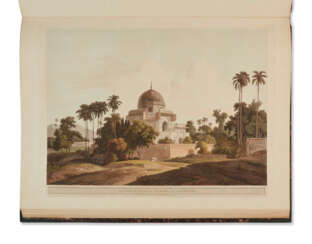






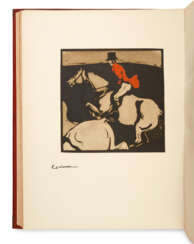

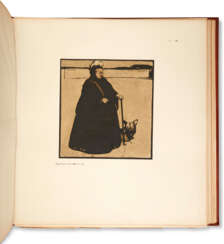

![[BIBLE ALLEMANDE] Catholische Bibell Cologne : G Calenium et...](/assets/image/picture_1077719/d8a97/8fce72a53f675e13a18329c45c719b111604358000jpg__fix_374_244.jpeg)
![[BIBLE ALLEMANDE] Catholische Bibell Cologne : G Calenium et...](https://veryimportantlot.com/assets/image/picture_1077719/d8a97/8fce72a53f675e13a18329c45c719b111604358000jpg__fix_374_244.jpeg)
